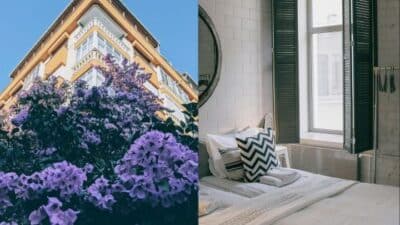Posing for photoshoots can feel tricky, but it doesn’t have to be. Knowing a few simple, natural poses helps anyone look confident and relaxed in front of the camera. The best poses are those that feel comfortable and suit the person’s personality, making the photos look genuine and flattering.
Many people worry about stiff or awkward poses, but easy tips like keeping the chin up, using nearby walls, or gently bending a leg can add variety without much effort. Trusting the photographer and relaxing also helps bring out the best expressions and moments.
Whether someone wants classic portraits, candid shots, or fun fashion photos, there are plenty of simple poses to try. This post will share ideas that anyone can use to feel ready and look their best during their next photoshoot.
Essential Poses for Photoshoots
Posing well can make a big difference in photos. From standing to sitting and moving, knowing key poses helps subjects look natural and confident. Simple shifts in posture and expression enhance the final image.
Standing Poses
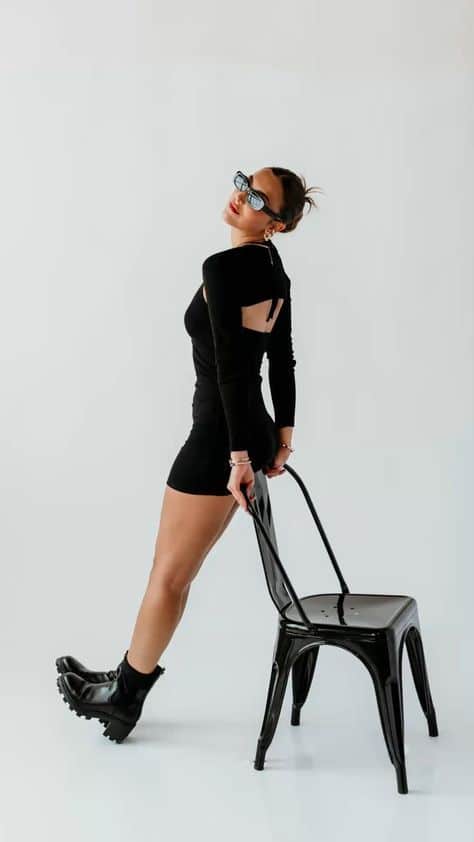
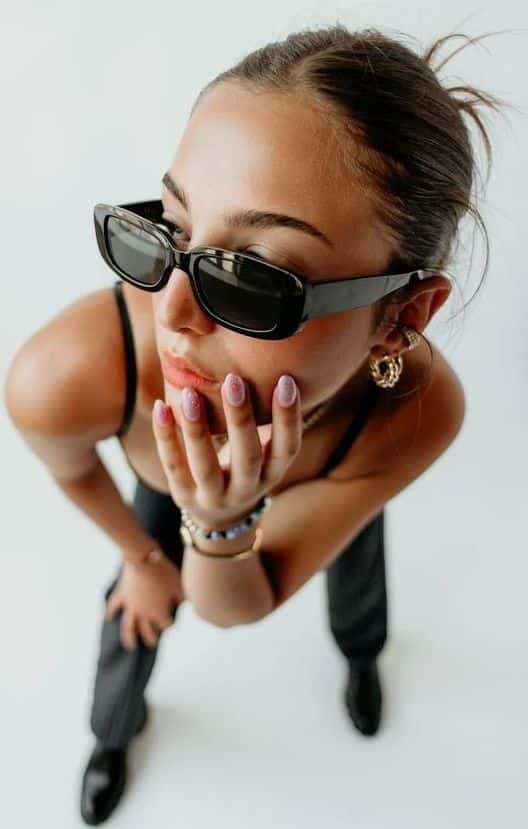
Standing poses shape the overall feel of a photo. A common tip is to keep the chin slightly up to open the neck and look confident. Weight can be shifted to one leg to add a relaxed, natural look.
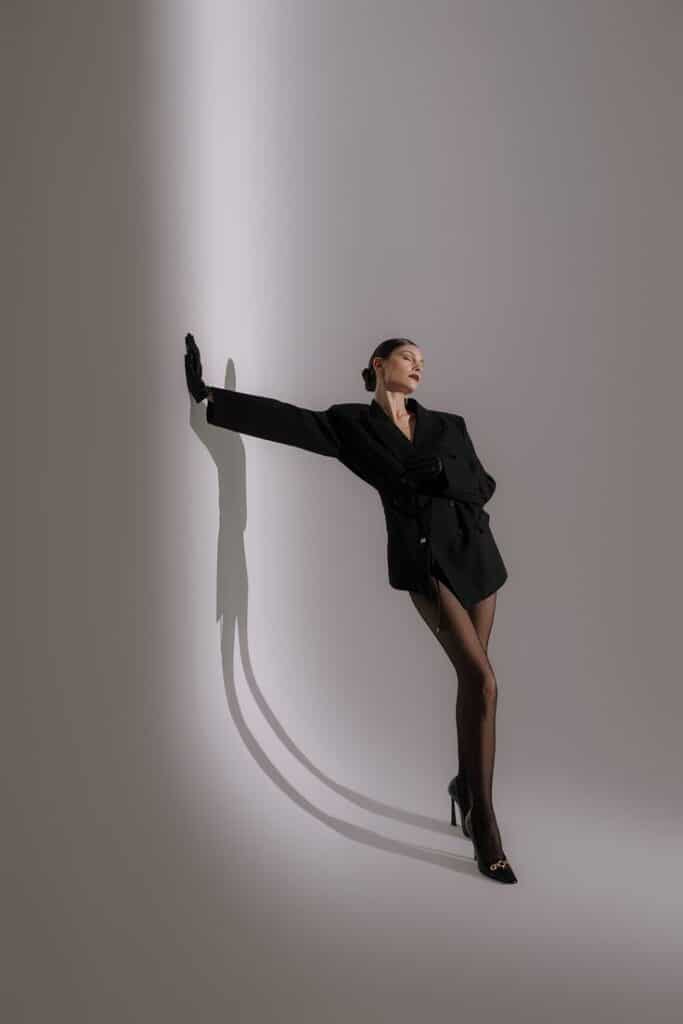

Arms can be positioned in different ways: crossed, hands in pockets, or resting gently at the sides. Avoid stiff, straight arms; slightly bent elbows work better.
Turning the body at a slight angle to the camera makes the subject appear slimmer. Eye contact with the camera or looking off to the side can create different moods.
Seated Poses


Seated poses offer a comfortable and intimate feel. Placing hands on the lap or gently resting on the knees often looks natural. Leaning slightly forward engages the viewer more.
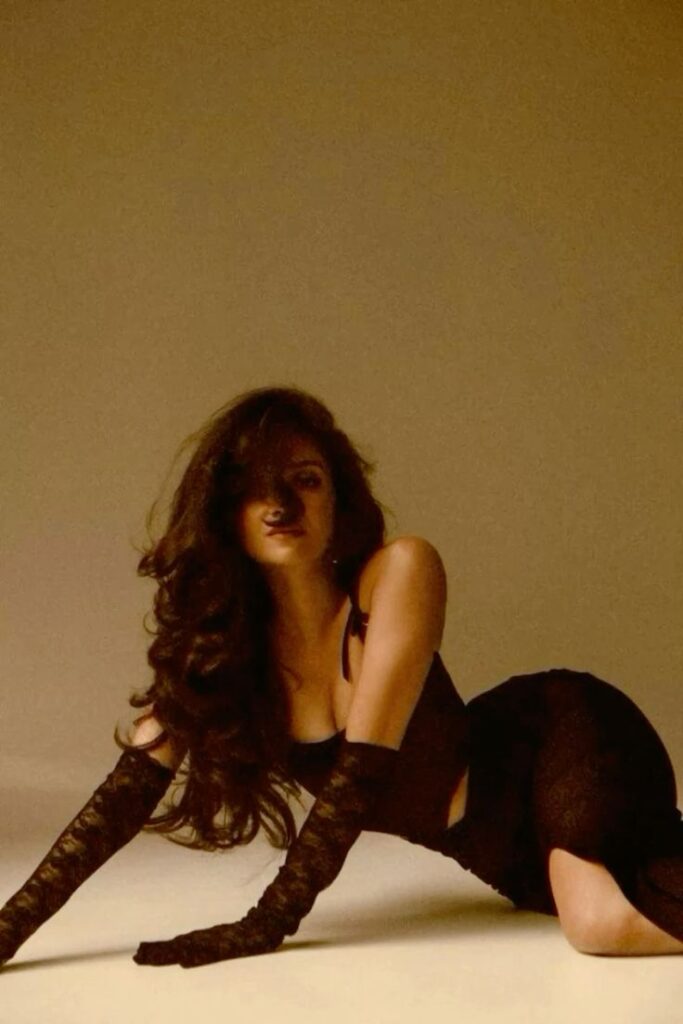
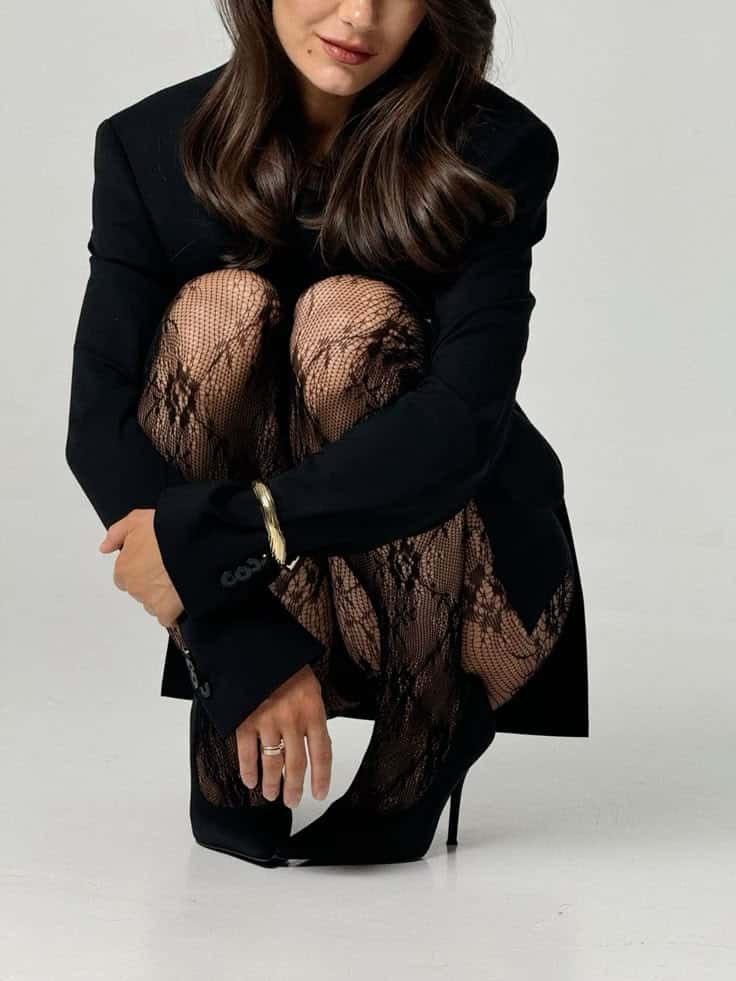
Sitting on the edge of a chair helps maintain good posture and avoids slouching. Crossing one ankle over the other is a simple way to add grace and structure.
Head positioning is important too. Tilting the head just a bit can show interest or softness. To avoid stiff shoulders, relaxing the arms and keeping them close to the body works well.
Action Poses
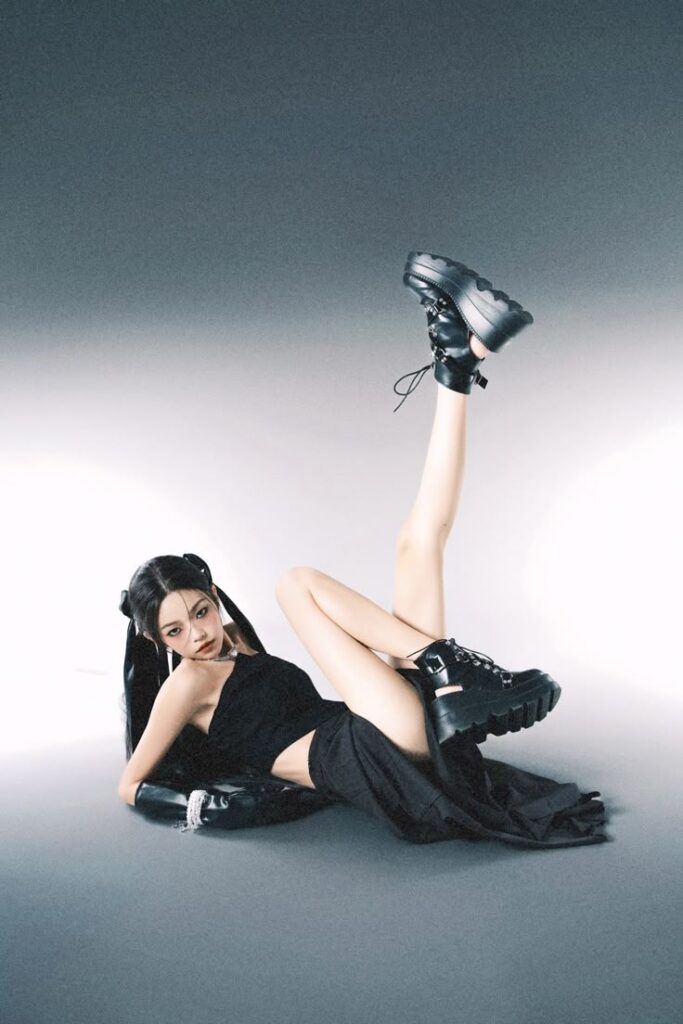
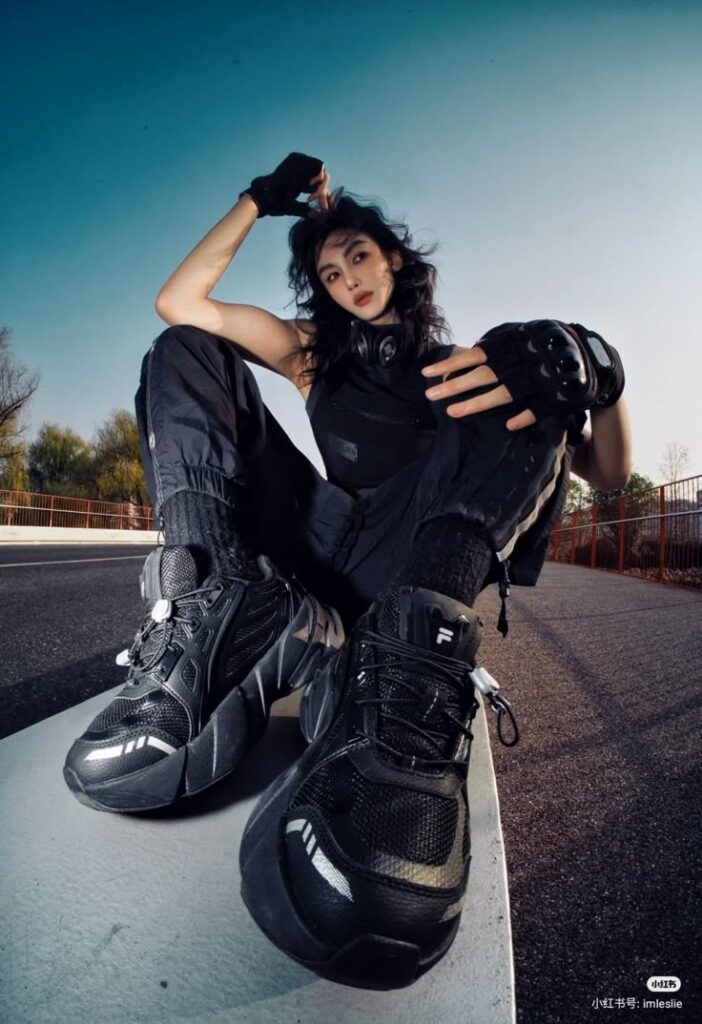
Action poses add energy and a candid vibe to photos. Simple movements like walking, turning, or a gentle jump bring life to the shot.
Timing is key to capture natural motion. Subjects should move slowly or repeat an action so the photographer can pick the best moment.
Hands and arms can move naturally in the flow—like running fingers through hair or adjusting clothing. Expressions often become more genuine during movement, enhancing the photo’s feel.
Classic and Timeless Posing Styles
Strong poses rely on clear body angles, natural expressions, and careful placement of limbs. These elements help create photos that feel both refined and effortless. Small details like gaze direction and hand position add depth and interest, making images last beyond the moment.
Fashion-Inspired Poses
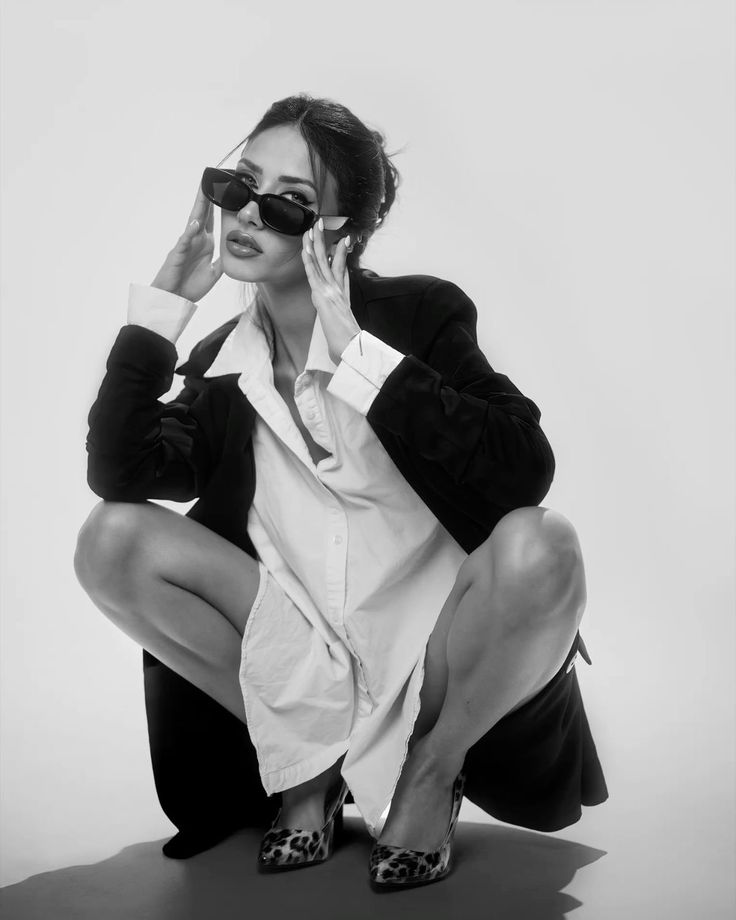
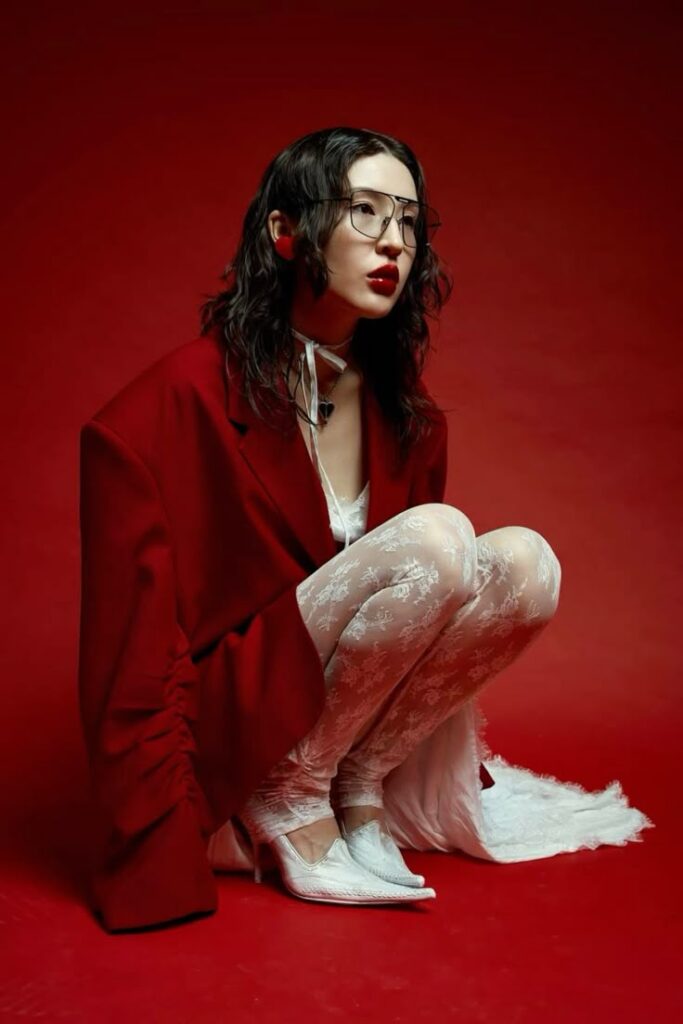
Fashion poses often focus on body alignment and form. A slight turn of the body, with one foot forward, creates clean lines and highlights shape. The head usually turns gently to the side, showing the profile and adding dimension.
Models keep their posture tall and confident. Shoulders stay relaxed but back straight. This can mean shifting weight to the back leg or tilting the hip slightly. These small moves emphasize elegance without looking forced.
Facial expression is subtle. A soft gaze, either to the side or straight at the camera, works best. This draws attention to eyes while keeping the mood calm and poised.
Candid Posing Techniques


Candid poses look natural and unplanned but still require some guidance. Encouraging movement like walking, laughing, or looking away from the camera captures authentic moments.
The key is relaxed body language. Subjects should avoid stiff or symmetrical stances. Instead, shifting weight, bending knees, or turning the torso slightly adds life to the image.
Expressions are casual and genuine. Photographers often prompt small actions, such as fixing hair or interacting with the environment, to spark natural reactions.
Elegant Hand Placement


Hands can either enhance or distract in a pose. Elegant hand placement means keeping fingers soft and relaxed, never stiff or clenched.
Common hand positions include resting one hand gently on the waist or collarbone. Another is lightly touching the face or hair, which adds a subtle frame around the subject’s features.
Avoid covering key parts, like the eyes or mouth, unless it serves a creative purpose. Keeping hands visible but unobtrusive helps maintain a polished look in portraits.
Posing for Different Photo Genres
Different types of photoshoots need different posing styles to fit the mood and purpose. It’s important to adjust poses by focusing on body language, eye contact, and interaction between people when applicable. Simple adjustments can change the whole feel of the photo.
Portrait Poses
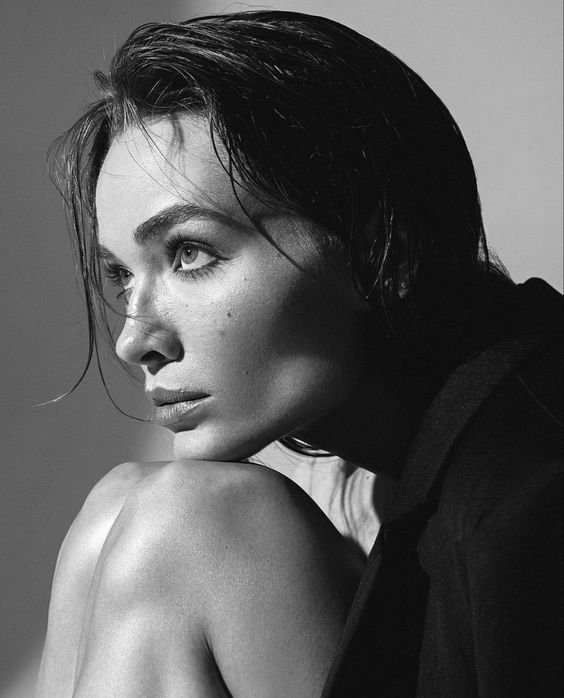

Portrait poses focus on capturing the personality of the person. The subject usually faces the camera, but slight head tilts or angles can add interest. Relaxed shoulders and soft expressions help create a natural look.
Using chin slightly down with eyes looking at the camera creates connection. Crossing arms can show confidence, while hands playing with hair or lightly touching the face give a softer vibe. It’s helpful for models to shift their weight onto one leg or sit slightly to the side for more relaxed angles.
Lighting plays a role here too, so posing can change depending on shadows or highlights. Simple props like chairs or walls can add support and variety without distracting from the subject.
Couple and Group Pose Ideas
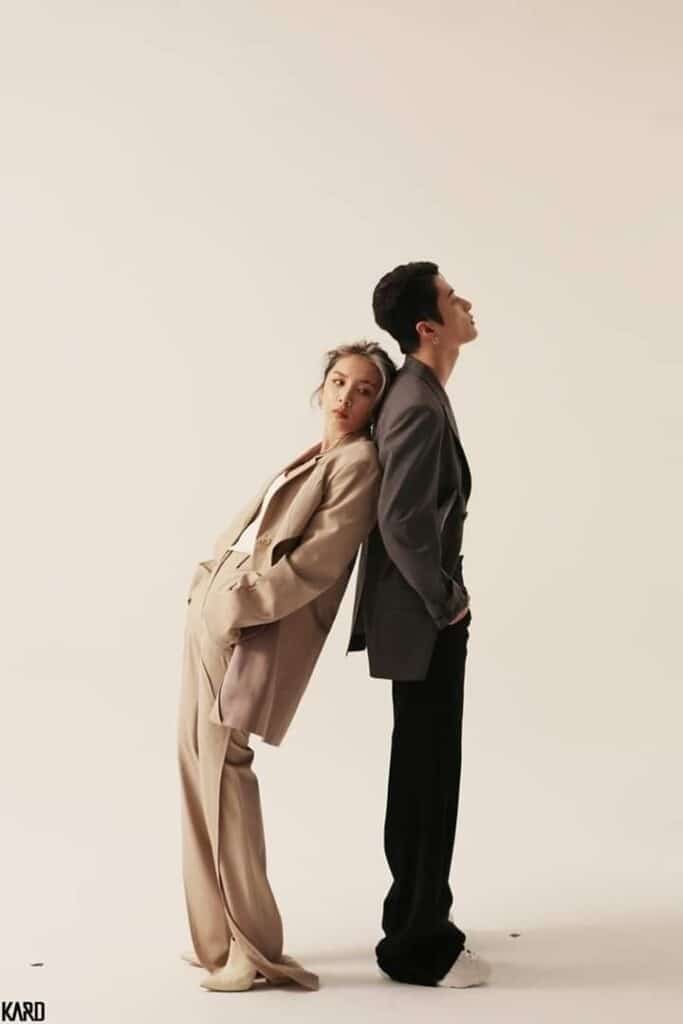

In couple or group shots, connection and interaction matter most. People can be arranged in close proximity to show warmth, using touch like holding hands, linking arms, or leaning on each other.
For couples, natural moments like walking side by side, whispering, or sharing a laugh look great. Groups should avoid stiff lines; instead, try a staggered arrangement with different heights or seated and standing mixes.
Encourage movement, like turning toward one another or casual gestures. Eye contact between subjects strengthens the feeling of togetherness. Group members should avoid facing directly forward—slight angles help add depth.
Creative Editorial Poses
Editorial poses are bold and expressive, often used in fashion or artistic photography. Models should experiment with strong lines, like extending limbs or arching backs. These poses highlight clothing, shapes, and attitude.
Using asymmetry and sharp angles brings energy to the shots. Models can look away from the camera or use intense facial expressions to tell a story. Playing with unusual props or dramatic settings adds to the creative vibe.
Changing levels—sitting, crouching, or lying down—adds visual interest. Editorial poses often break traditional “rules,” so confidence and willingness to try new ideas are key. It’s about showing personality and style first.
Tips for Natural and Flattering Photos
Looking natural and flattering in photos starts with how someone controls their face, body, and use of objects around them. Small changes in expressions and posture can make a big difference. Using props well can also add interest without looking forced.
Facial Expressions and Emotions

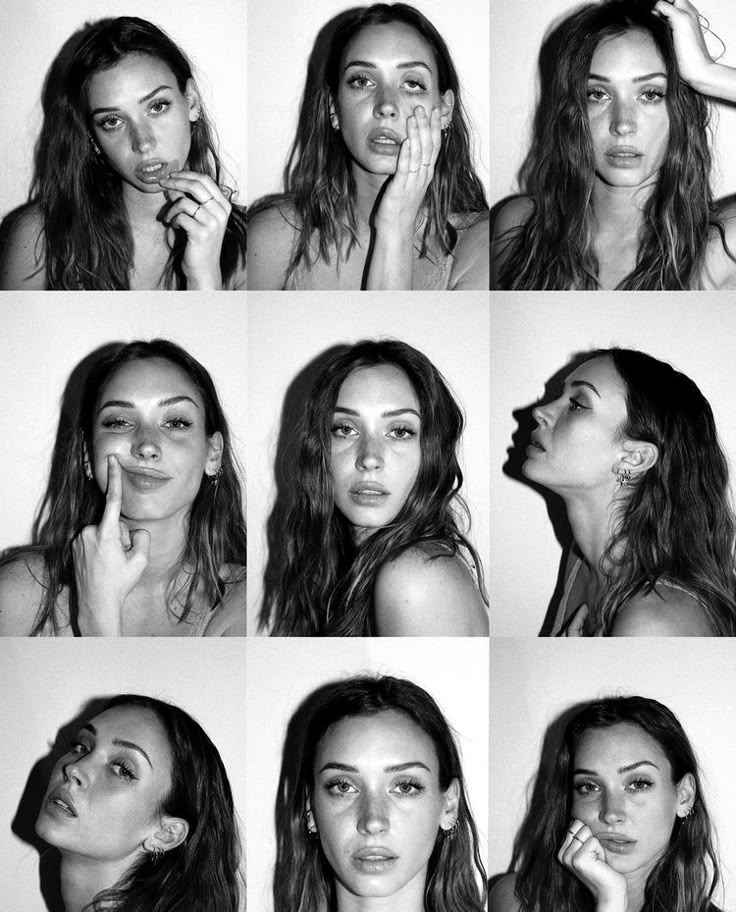
The key to great photos often lies in the face. A relaxed, genuine smile usually works best. It helps to think of a happy memory or a funny moment to bring out real emotion.
Avoid stiff or forced smiles. Instead, the subject should slightly soften their eyes and keep their lips parted for a natural look. Trying small movements like tilting the head or looking slightly away from the camera can shift the mood without looking posed.
Breathing deeply before the shot can relax the face and reduce tension. Subtle shifts in eyebrow position or blinking can add authenticity and avoid a dull or blank expression.
Body Angles and Posture
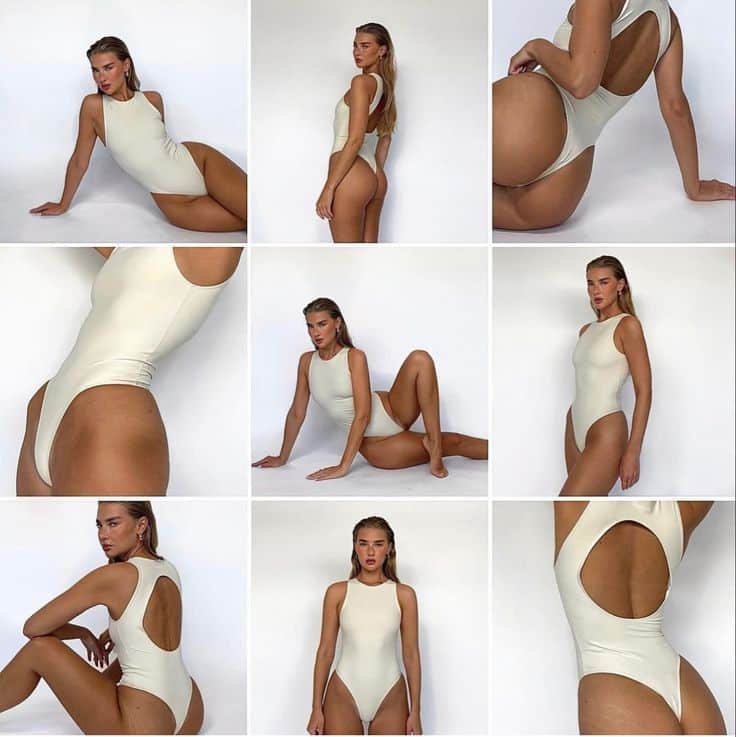

How the body moves matters more than standing straight. Turning the body slightly can create more flattering lines. One common tip is to angle the shoulders away from the camera, which slims the figure.
Posture should be tall but relaxed. Rolling the shoulders back opens up the chest but keeping some softness avoids looking too rigid. Shifting weight to one leg creates natural curves and a more dynamic shape.
One useful trick is forming a triangle with the arms and legs. This helps balance the photo and adds interest. Overall, small twists and weight distribution changes help highlight best features.
Interaction with Props
Props can make photos more fun and natural if used correctly. Holding or leaning on an object gives the hands something to do, which can prevent awkwardness.
It’s best to choose simple props that don’t take focus away from the face. Objects like a chair, hat, or even sunglasses work well. The subject should interact with the prop gently without gripping too tightly.
Using props to create movement is also good. For example, adjusting a hat or holding a flower softly brings life to the photo. Being playful or casual with props helps keep the pose relaxed and natural.
Posing Mistakes to Avoid
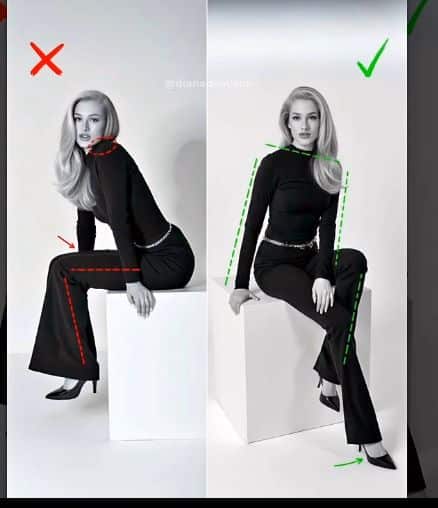
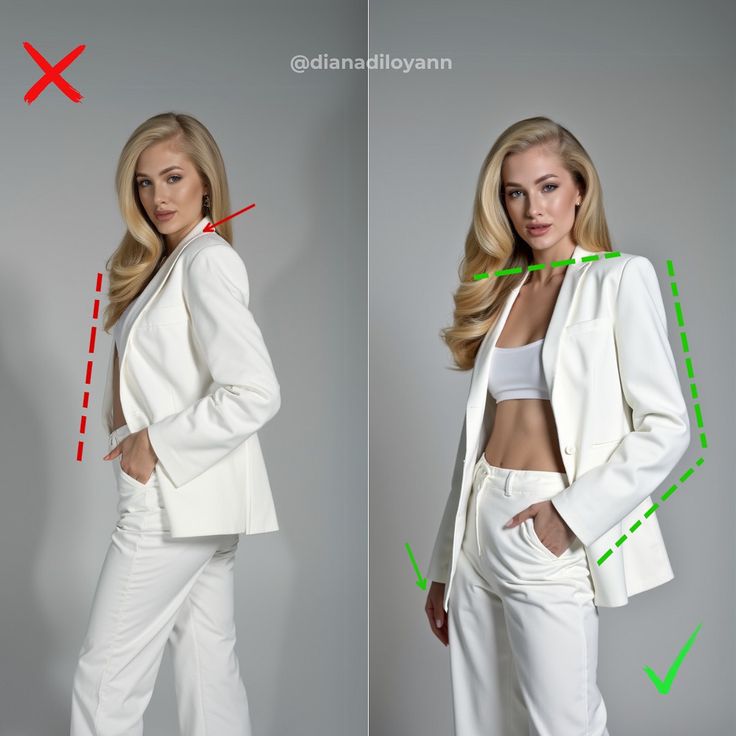
One common mistake is stiffness. When people hold their body too rigidly, the photo can look unnatural. Bending joints slightly and relaxing the body helps create a more comfortable and natural pose.
Another issue is awkward hand placement. Fingers that are tightly clasped or stiff look odd. Instead, hands should be relaxed, with fingers softly separated. Avoid “sausage fingers” by not interlocking or squeezing them too hard.
People often forget about facial expressions. A forced smile or a blank look can make a photo less appealing. It’s better to think of something enjoyable or take a few deep breaths to relax the face and eyes.
The angle of the body matters too. Facing the camera straight on can make the subject look wider or less dynamic. Turning slightly to the side and shifting weight onto one leg usually makes the pose look better.
Finally, bad posture can ruin a shot. Slouching or arching the back too much makes the pose less flattering. Standing or sitting tall, with shoulders relaxed, improves the overall look.
| Mistake | How to Fix It |
|---|---|
| Stiffness | Relax joints, slight bends |
| Awkward hands | Keep fingers soft, relaxed |
| Forced expression | Think happy thoughts, relax |
| Straight body angle | Turn slightly to the side |
| Poor posture | Stand tall, relax shoulders |
- 3shares
- Facebook0
- Pinterest0
- Twitter3
- Reddit0
